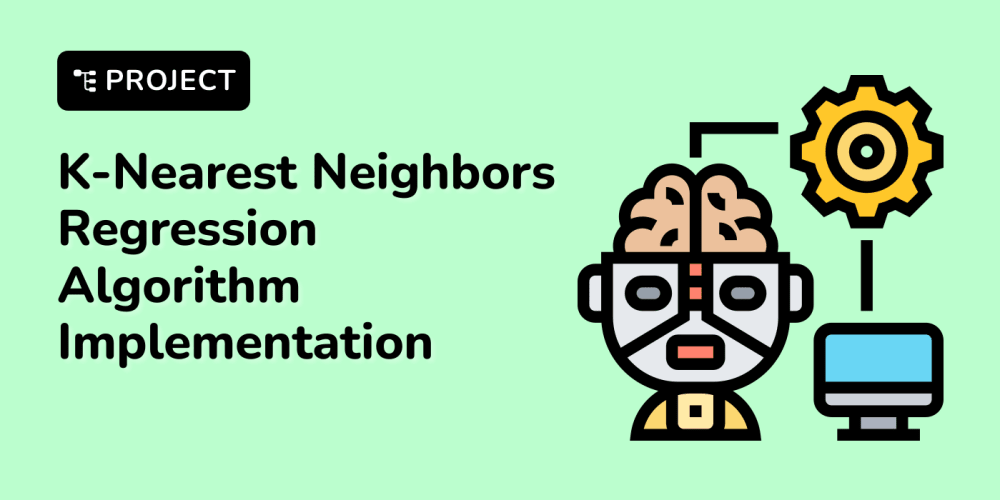☝️ The role of an IT Architect is often misunderstood and sometimes misrepresented. While some may believe that being a “jack of all trades” is beneficial, it can lead to becoming a “master of none.”
This blog post aims to clarify the real responsibilities of an IT Architect and provide recommendations for those aspiring to excel in this field or for those who may have lost their way.
The Real Role of an IT Architect
At its core, the role of an IT Architect – whether a Solution Architect, Enterprise Architect, or Security Architect – is to solve business problems through technology. This involves planning and designing the technological architecture, which includes the components, their combinations, interconnections, and integrations. An IT Architect is not about selling themselves or their theoretical knowledge; they are about selling practical solutions to business problems.
Signs of a Struggling IT Architect
Here are some negative indicators that an IT Architect may be off track, along with their positive counterparts:
1. Endless Meetings with No Results
👎 Destructive Indicator : Numerous large meetings that result in stagnation or further complications.
👍 Constructive Indicator : Well-planned, concise, and effective meetings that generate solutions rather than additional problems.
2. Overemphasis on Theoretical Knowledge
👎 Destructive Indicator : Architects boasting about their theoretical knowledge and using buzzwords without practical application.
👌 Constructive Indicator : Architects focused on team collaboration and practical solutions, understanding that there is rarely a single “correct” answer in IT architecture.
3. Selling Buzzwords Over Solutions
👎 Destructive Indicator : Using flashy buzzwords to sell abstract solutions to both real and imaginary problems.
🤙 Constructive Indicator : Implementing decision-making methods in practice, recognizing that technology alone doesn’t solve problems. The correct approach involves People –> Process –> and Products (technologies) in that order.
Common Pitfalls
Many IT Architects can fall into the trap of drifting too far from their core responsibilities. It’s essential to maintain a focus on IT architecture rather than straying into roles that are better suited for other professions. Here are some common mistakes:
1. Focusing on Self-Promotion Over Problem-Solving
Mistake : Prioritizing personal branding and self-promotion.
Recommendation : Shift focus to solving business problems with well-planned technological solutions.
2. Taking on Non-Architectural Roles
Mistake : Attempting to take on responsibilities of marketers or sales representatives, such as brand management or direct selling.
Recommendation : Stay within the realm of IT architecture, focusing on designing and implementing technology solutions. Leave marketing to marketers and sales to sales professionals.
3. Misaligned Problem-Solving Process
Mistake : A disorganized approach to problem-solving.
Recommendation : Organize the problem-solving process in a structured and proactive way, using methods like the 5 Whys or the ODSC (Objective, Data, Solution, Check) framework.
Conclusion: Be a Master Problem Solver
To be a successful IT Architect, one must master the art of problem-solving. This means moving beyond theoretical knowledge and marketing gimmicks to focus on practical, effective solutions that address real business needs. An IT Architect should strive to be a master in their field, not just a jack of all trades. By doing so, they will not only become more valuable to their organization and partners but also avoid the pitfall of having to sell themselves rather than their solutions.
In the words of Henry Ford, “Most people spend more time and energy going around problems than in trying to solve them.” As an IT Architect, your goal should be to spend your energy solving problems, not just talking about them. So, be diligent, stay focused, and always prioritize the business needs above all else.
For those looking to refine their skills or get back on track, remember: an effective IT Architect doesn’t just understand technology – they understand how to leverage it to solve real business problems.
Bonus: Self-Assessment
I wanted to share a helpful framework that categorizes the maturity of problem-solving processes based on their structure and proactivity. Understanding this framework can help you identify where your current processes stand and how you can improve them.

Where's your problem-solving process?
Stay sharp and stay dedicated to mastering your craft.
Thank you!



















